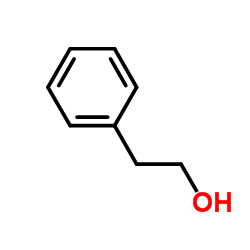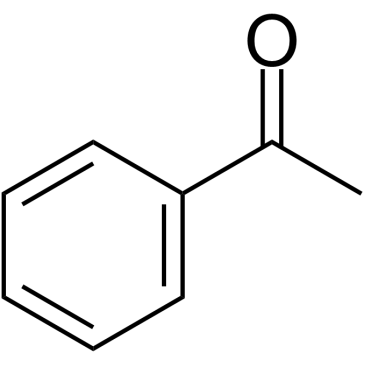| Structure | Name/CAS No. | Articles |
|---|---|---|
 |
Acetonitrile
CAS:75-05-8 |
|
 |
Methylbenzylalcohol
CAS:98-85-1 |
|
 |
Acetophenone
CAS:98-86-2 |